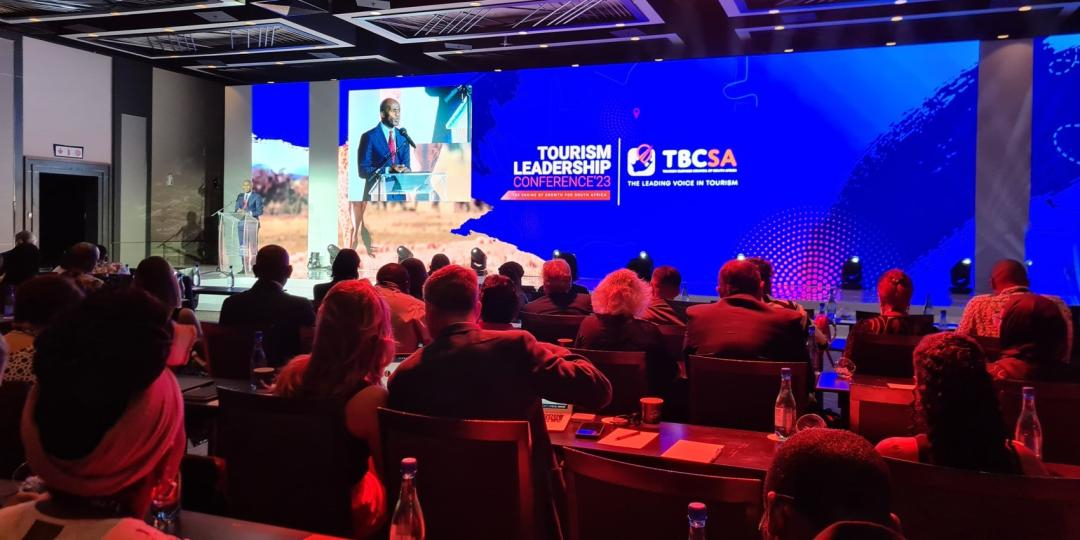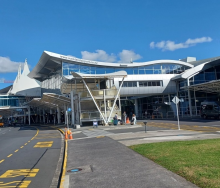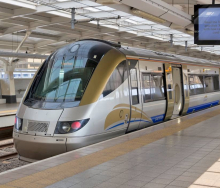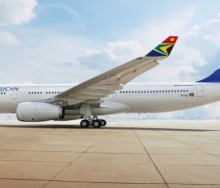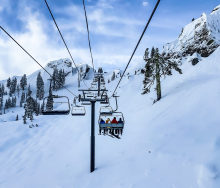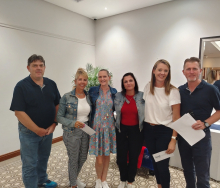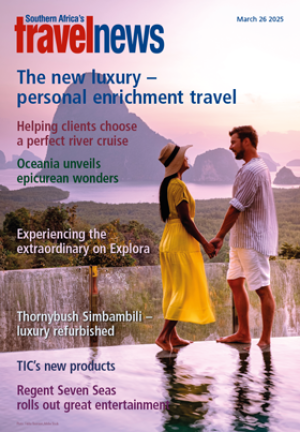On Wednesday (September 13), two crucial pieces of legislation for South Africa’s tourism sector – the Tourism Master Plan and the Tourism Equity Fund – will be taken to Cabinet for approval, according to Tourism Minister Patricia de Lille.
In her opening address at the TBCSA Tourism Leadership Conference in Sun City last week, De Lille reported on progress made on various programmes, strategies and collaborations during her six-month tenure. This included her mandate to convert the Tourism Sector Recovery Plan into a Tourism Master Plan, following extensive private-sector engagement. This document, together with a framework for the Tourism Equity Fund (which had been held up by court litigation), is set to be gazetted by Cabinet.
“This matter has now been settled and we are taking the TEF framework to Cabinet for approval to unblock this R1,2billion fund to support transformation and growth in the sector in line with existing legislation,” said De Lille.
Meanwhile, another key policy framework – the Green Paper on the Promotion and Development of Tourism – was published for public comment on September 1.
Operators urged to collect licences
Another key issue on the agenda at the conference was the processing of tourist transport operator licences at the Department of Transport’s (DoT) National Public Transport Regulator (NPTR). De Lille said although the backlog had been cleared, around 400 licences were yet to be uplifted from the DoT.
“I want to appeal to tour operator companies; we have not yet uplifted or collected their licence to do so and get back to business, and I know that SATSA is assisting with this process. The Department of Tourism will continue to work with the DoT and Operation and all role players to reduce red tape and create a conducive environment for ease of doing business,” said De Lille.
Visa processing issues were also firmly in the spotlight, with Home Affairs Minister Dr Aaron Motsoaledi being placed in the hot seat during a Q&A session on day one of the conference. The private sector has long called for a fully automated, world-class e-visa system, coupled with improved airport e-infrastructure.
Motsoaledi said his department was working to expand the e-visa system to include other visas such as study, business travel and, eventually, travelling groups. He said Home Affairs was aware of the backlogs in the issuing of visas, and that work was being done to address them.
“We want as many people as possible to come into the country. But my priority is to ensure that it is the right kind of people who are allowed into South Africa. Our responsibility is to ensure that undesirable people do not enter the country.”
Strides made in national safety strategy
The formation of a National Tourism Safety Forum – comprising private- and public-sector stakeholders – has been welcomed by the tourism industry. The forum meets quarterly, with the next meeting to be held in November.
“The continuous dialogue to track and implement actions on this matter is critical. We are resolute that collaboration with various stakeholders, including the South African Police Service, will help us forge a comprehensive review of the country’s National Tourism Safety Strategy,” said De Lille.
The private-sector launch of the SECURA tourist safety app, along with the allocation of R174,5 million for the deployment of 2 200 tourism monitors to key tourist areas in all nine provinces over the next few months, have been identified as positive steps forward in enhancing safety.
Technological advancements, such as the Council for Scientific and Industrial Research’s C-More tracking device and scannable QR codes on the MY-SAPS App, were also being harnessed by the industry, De Lille said.
